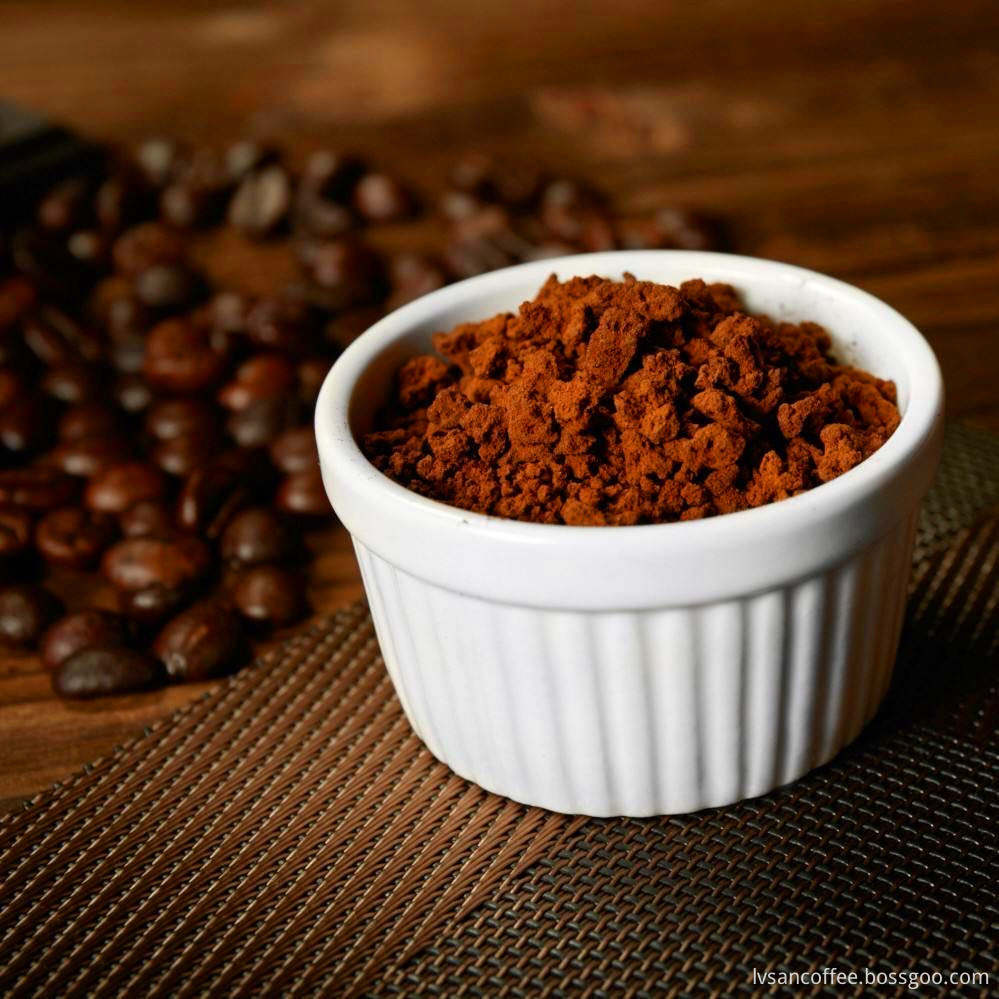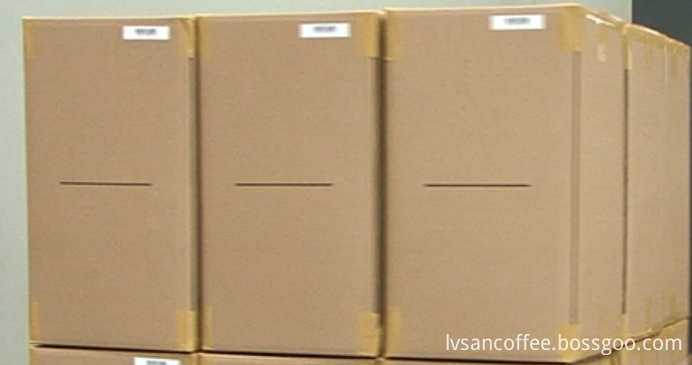Loaches are commonly found in freshwater environments such as rivers, rice fields, and ditches. They thrive best at a temperature of around 25°C. When the water temperature drops to 5°C or rises to 35°C, they burrow into the mud and become inactive. These fish are omnivorous, relying on their sensitive antennae and taste buds to locate food since their vision is not well developed. Using their unique horseshoe-shaped mouth, they feed on organic matter found in the mud. Loach meat is tender and rich in nutrients, making it a popular delicacy among both urban and rural populations in China. It is also one of the key aquatic products that contribute significantly to China's foreign exchange earnings through exports. As a result, there is a huge market potential for loach farming.
To begin with, the construction of loach ponds should be located in areas near Xiangyang, close to water sources and residential areas, making management more convenient. The pond area is typically around 100 square meters, with a depth of approximately 80 cm. The walls should be reinforced using soil or cement if possible, extending about 40 cm above ground level. This helps prevent surface water from entering the pond and causing the loaches to escape due to their tendency to swim upward. Water outlets should be installed around the pond to manage overflow during heavy rains. Inlet and outlet openings must be covered with barbed wire to prevent loaches from escaping. Each pond should have four to five small pits, each measuring 4 square meters and 50 cm deep, acting as shelters for the loaches during hot summer days when temperatures rise. The pond bottom should have a layer of clay or fertile mud about 15 cm thick. In spring and autumn, the water depth should be maintained at 30 cm, while in summer, it should be increased to 50 cm. Aquatic plants like Sagittaria can be planted in the pond to provide shelter and improve the environment for loach growth.
After the pond is built, disinfection should be carried out by adding 20 kg of lime per 100 square meters, allowing it to sit for 20–30 days before planting. Seven days later, base fertilizer should be applied—around 40 kg of manure evenly spread across the pond. Pig, cow, or sheep dung can also be used, and the quantity can be increased. These materials can be piled up in the pond to ferment and decompose naturally. Afterward, depending on the water quality, additional fertilizers should be applied in a diluted form. The water clarity should be such that the bottom cannot be seen clearly at a depth of 20 cm.
For stocking, it is recommended to introduce loach seedlings that are at least 3 cm long, with a density of 15–20 kg per 100 square meters. Seedlings should be of similar size to avoid cannibalism. If the pond has a flowing water system or if feeding and management practices are advanced, the stocking density can be slightly increased.
Loaches are omnivorous, so in addition to organic fertilizers, they should be fed animal-based feeds like fly larvae, silkworm pupae, cockroaches, snails, and slaughterhouse waste, as well as plant-based feeds such as soybean meal, wheat bran, rice bran, and cake. Feeding should follow the "four principles" — timing, quantity, quality, and location. The feeding amount depends on water temperature: below 20°C, mainly plant-based feeds; between 20°C and 25°C, a 50-50 mix of animal and plant feeds; and between 25°C and 30°C, 60–70% animal feed. Daily feeding should be around 8% of the total weight of the loaches, increasing to 12% when the temperature is high. Feeding is usually done once daily between 4–5 p.m., or twice a day in the morning and afternoon. The amount should be just enough so that no leftover food remains the next morning.
Daily management includes regularly changing the water to maintain good water quality, checking the pond structure for leaks, keeping the water level stable, and preventing escapes. Organic fertilizer should be added every 15–20 days to maintain nutrient levels. Quicklime or bleaching powder should be used periodically for disinfection and disease prevention. Ducks and other harmful animals should be kept away from the pond to protect the loaches. During summer, shade should be provided, and in winter, shallow water or drainage should be used to help the loaches survive the cold.
When the water temperature drops below 5°C, loaches stop feeding and stop growing. At this point, farmers can either harvest a large number of them for the market or take necessary measures to ensure their survival during winter.
100%Robusta Instant Coffee:3IN1 Coffee and milk tea has mellow stranger flavor;
1. Special large package for industrial raw material sales;
2. 100% pure coffee;
3. Good instant solubility;
4. Unique aromatic oil recovery device to maintain the flavor of coffee to the greatest extent;
5. Stable raw material origin and long-term supply


Instant Cold Coffee,Good Instant Coffee,,Agglomerated Instant Coffee,Caramel Flavored Coffee
Yunnan New Biology Culture Co,.Ltd , https://www.lvsancoffee.com